In the field of medical injection molding production, product brittleness is a serious issue that significantly affects product quality and performance. Medical injection-molded products usually have extremely high requirements for strength, toughness, and stability. The brittleness phenomenon not only reduces the service life of products but may also trigger safety hazards during use. Therefore, it is of utmost importance to delve deeply into the underlying reasons.
Raw Material Factors
-
Raw Material Properties: A wide variety of raw materials are used in medical injection molding production, and different materials have distinct characteristics. For example, some polypropylene (PP) materials, if they have a narrow molecular weight distribution or low isotacticity, their crystallinity will be affected, resulting in insufficient toughness of the products and making them prone to brittleness. Another example is certain polycarbonate (PC) materials. If there are a large number of impurities remaining during the production process, these impurities will disrupt the molecular structure of the material and affect the intermolecular forces, causing the products to break more easily under stress.
-
Raw Material Proportioning: In medical injection molding production, multiple raw materials are often blended and modified to meet the special performance requirements of products. However, if the proportioning of raw materials is unreasonable, it can lead to product brittleness. For instance, when blending PP with an elastomer for modification, if the amount of elastomer added is too small, a effective sea-island structure cannot be formed, and the toughening effect of the elastomer cannot be fully exerted, resulting in brittle products. Conversely, if too much elastomer is added, although the toughness may increase, the strength of the material will decrease, which will also affect the overall performance of the product. In addition, the compatibility between different raw materials is a crucial factor. If the compatibility is poor, phase separation will occur during the blending process, leading to defects inside the material and thus reducing the toughness of the product.
-
Raw Material Storage: The storage conditions of raw materials also have a significant impact on product quality. Medical injection molding raw materials are usually sensitive to environmental factors such as temperature, humidity, and light. For example, some nylon (PA) materials have strong water absorption. If the storage environment is humid, the material will absorb a large amount of water. During the injection molding process, the water will promote the hydrolysis reaction of the material, causing molecular chain breakage and reducing the molecular weight of the material, thereby decreasing the toughness of the product and making it brittle. In addition, prolonged exposure to sunlight can cause photodegradation reactions in some raw materials, damaging the molecular structure and also leading to product brittleness.
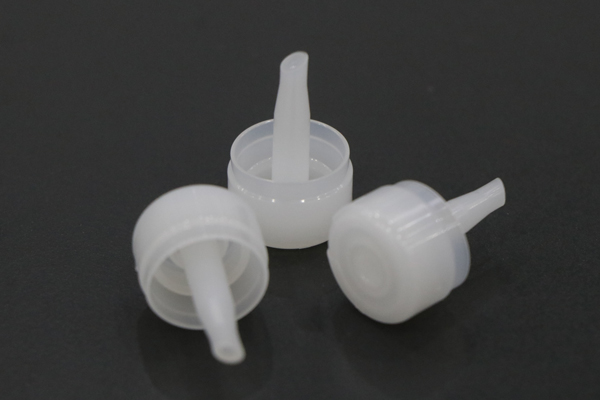
Injection Molding Process Factors
-
Injection Molding Temperature: Injection molding temperature is one of the key process parameters affecting product quality. Both excessively high and low temperatures can cause product brittleness. When the injection molding temperature is too high, the raw material will undergo thermal degradation, with molecular chain breakage and a decrease in molecular weight, which weakens the strength and toughness of the material. For example, for polyoxymethylene (POM) material, if the injection molding temperature exceeds its decomposition temperature, the material will decompose rapidly, producing small molecules and leading to defects such as bubbles and cracks inside the product, making the product fragile. When the injection molding temperature is too low, the fluidity of the raw material becomes poor, and it is difficult to fully fill the mold cavity, which is prone to weld lines. The molecular chains at the weld lines are arranged irregularly, and the bonding force is weak, making these areas the most likely to break and thus reducing the overall toughness of the product.
-
Injection Molding Pressure: Injection molding pressure has an important impact on the compactness and molecular orientation of the product. If the injection molding pressure is insufficient, the raw material cannot be fully compacted in the mold cavity, and there will be many pores and loose structures inside the product. These defects will become stress concentration points, reducing the strength and toughness of the product. On the contrary, if the injection molding pressure is too high, the material will be subjected to excessive shear in the mold cavity, causing molecular chain breakage and generating internal stress. The presence of internal stress makes the product more prone to brittle fracture under external forces. In addition, excessive injection molding pressure may also cause the material in the mold cavity to flow back, affecting the dimensional accuracy and surface quality of the product.
-
Cooling Time: Cooling time is another important factor affecting the crystallinity and internal stress of the product. If the cooling time is too short, the crystallization inside the product is incomplete, and the crystallinity is low, which will affect the strength and toughness of the material. At the same time, rapid cooling will generate large internal stress inside the product because the material shrinks unevenly during cooling, and there are differences in the shrinkage rates of different parts, leading to the accumulation of internal stress. The presence of internal stress reduces the impact resistance of the product and makes it brittle. Although a long cooling time can make the product crystallize fully and reduce internal stress, it will increase the production cycle and reduce production efficiency. Moreover, an excessively long cooling time may also increase the adhesion between the product and the mold, making it easy to damage the product surface during demolding and affecting product quality.
Mold Factors
-
Mold Temperature: Mold temperature has a direct impact on the crystallization and cooling process of the product. Different raw materials have different requirements for mold temperature. If the mold temperature is too low, for crystalline plastics, it will accelerate the cooling rate of the product, reduce the crystallinity, and affect the toughness of the product. For example, for polyethylene (PE) material, when the mold temperature is too low, the crystallinity of the product is not high, showing low hardness but insufficient toughness and being prone to brittleness. For non-crystalline plastics, a low mold temperature will increase the shrinkage rate of the product and generate large internal stress, which will also affect the toughness. On the contrary, if the mold temperature is too high, it will prolong the cooling time of the product, which may lead to product deformation and also affect production efficiency.
-
Mold Structure: Unreasonable mold structure design may also cause product brittleness. For example, improper runner design of the mold will increase the resistance of the raw material during flow and generate excessive shear heat, leading to material degradation. In addition, if the mold's venting system is not perfect, during the injection molding process, the gas in the cavity cannot be discharged in a timely manner and will be compressed inside the product, forming bubbles or voids. These defects will reduce the compactness of the product and affect its strength and toughness. Moreover, if the draft angle of the mold is too small, the product will be subjected to large friction during demolding, which may scratch the product surface and even cause the product to break.
The brittleness of products in medical injection molding production is a problem caused by the combined action of multiple factors. The properties, proportioning, and storage conditions of raw materials, as well as the temperature, pressure, and cooling time in the injection molding process, and the temperature and structure of the mold, can all affect the toughness of the product. Only by thoroughly understanding these reasons can we better control product quality during the production process, avoid the problem of product brittleness, and ensure that medical injection-molded products meet strict quality requirements and usage standards.
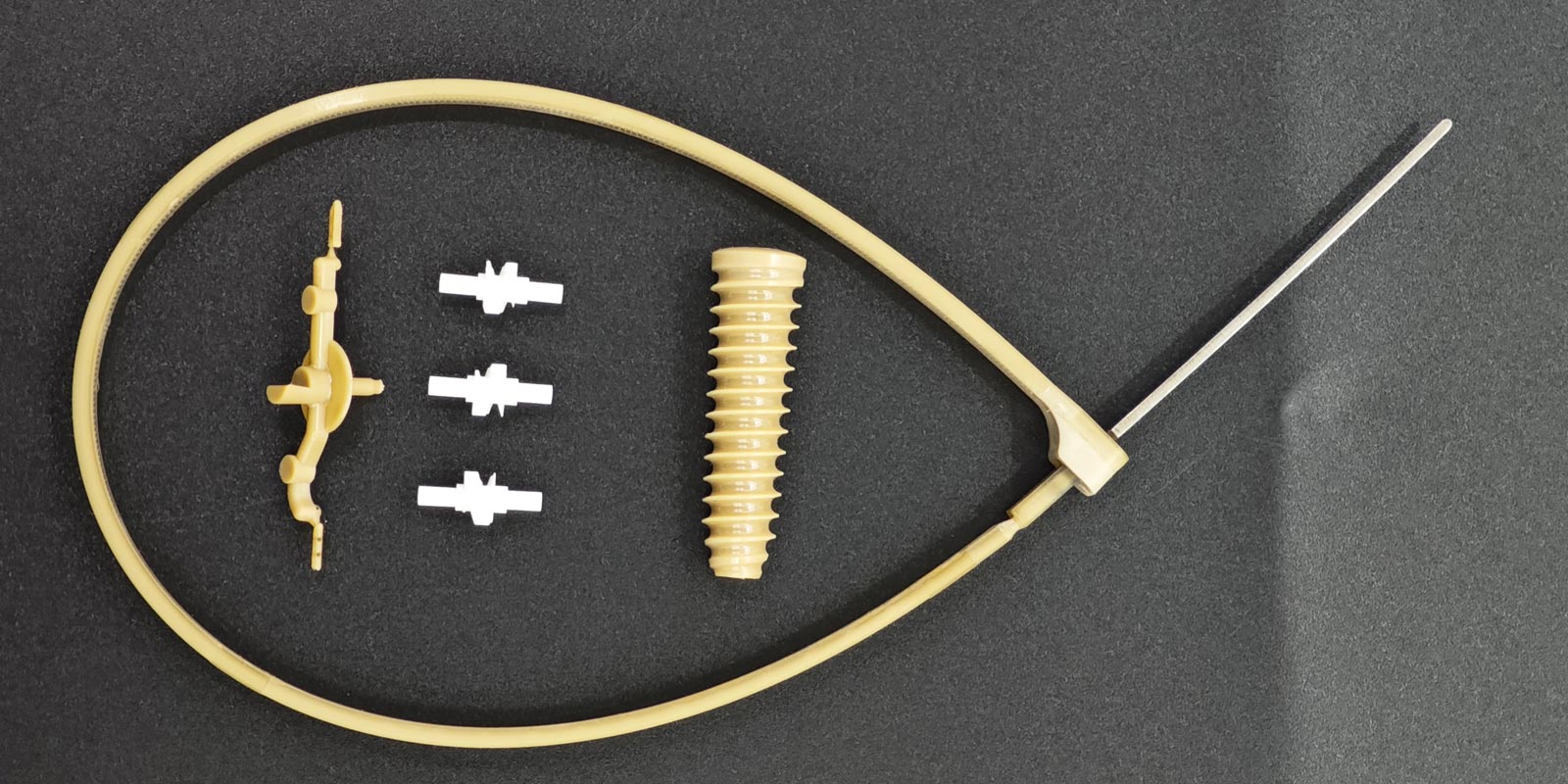
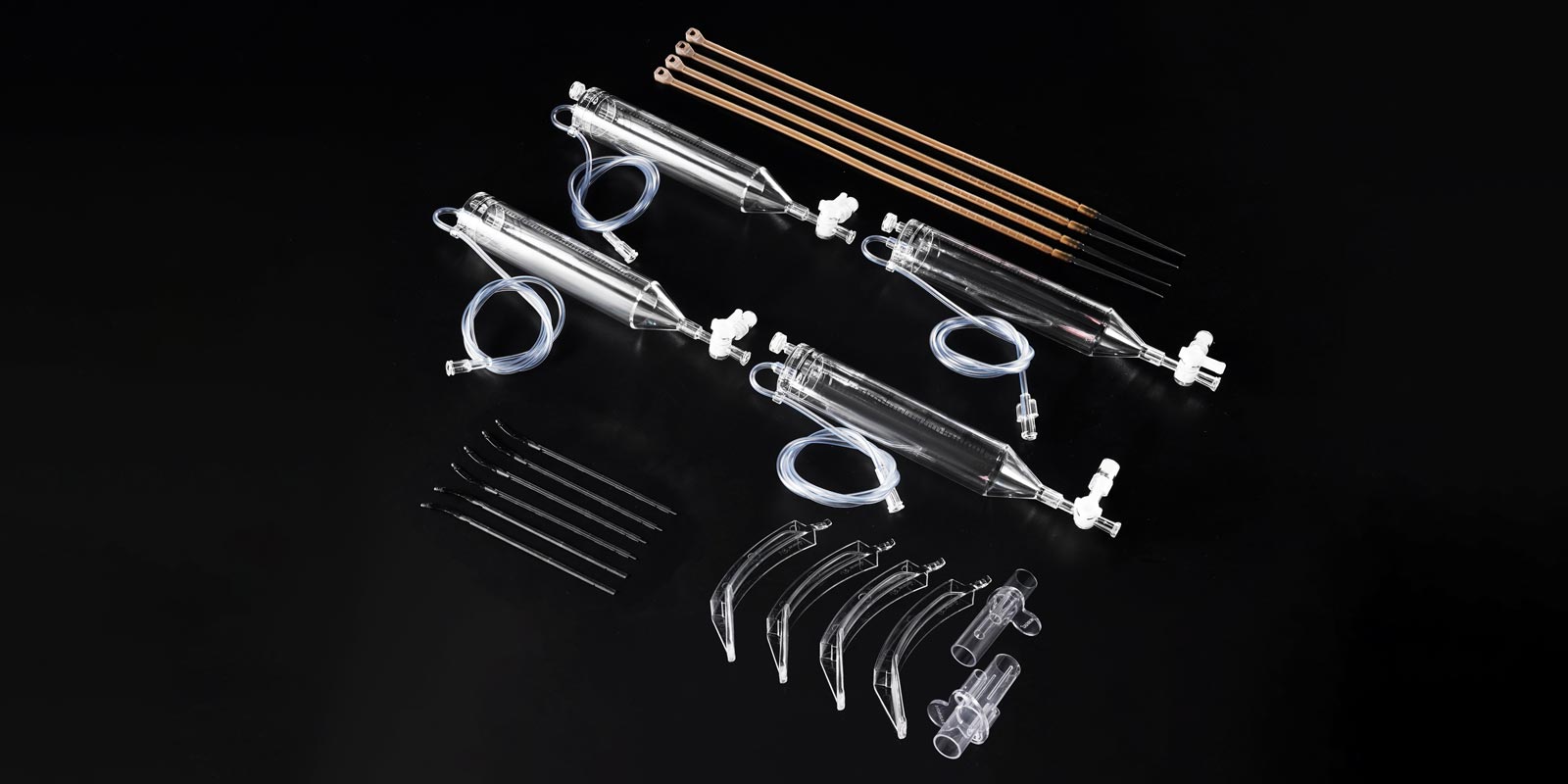
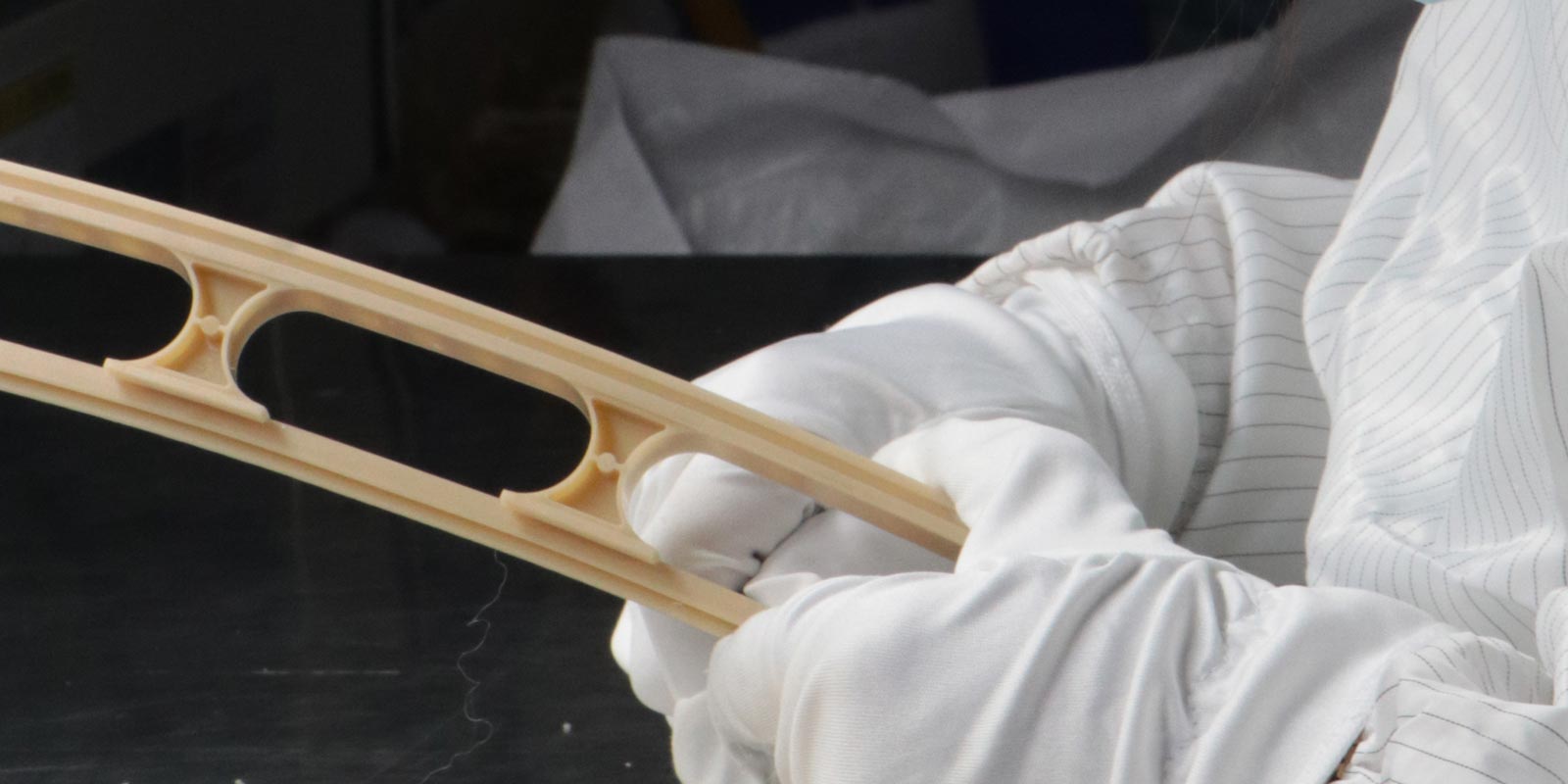
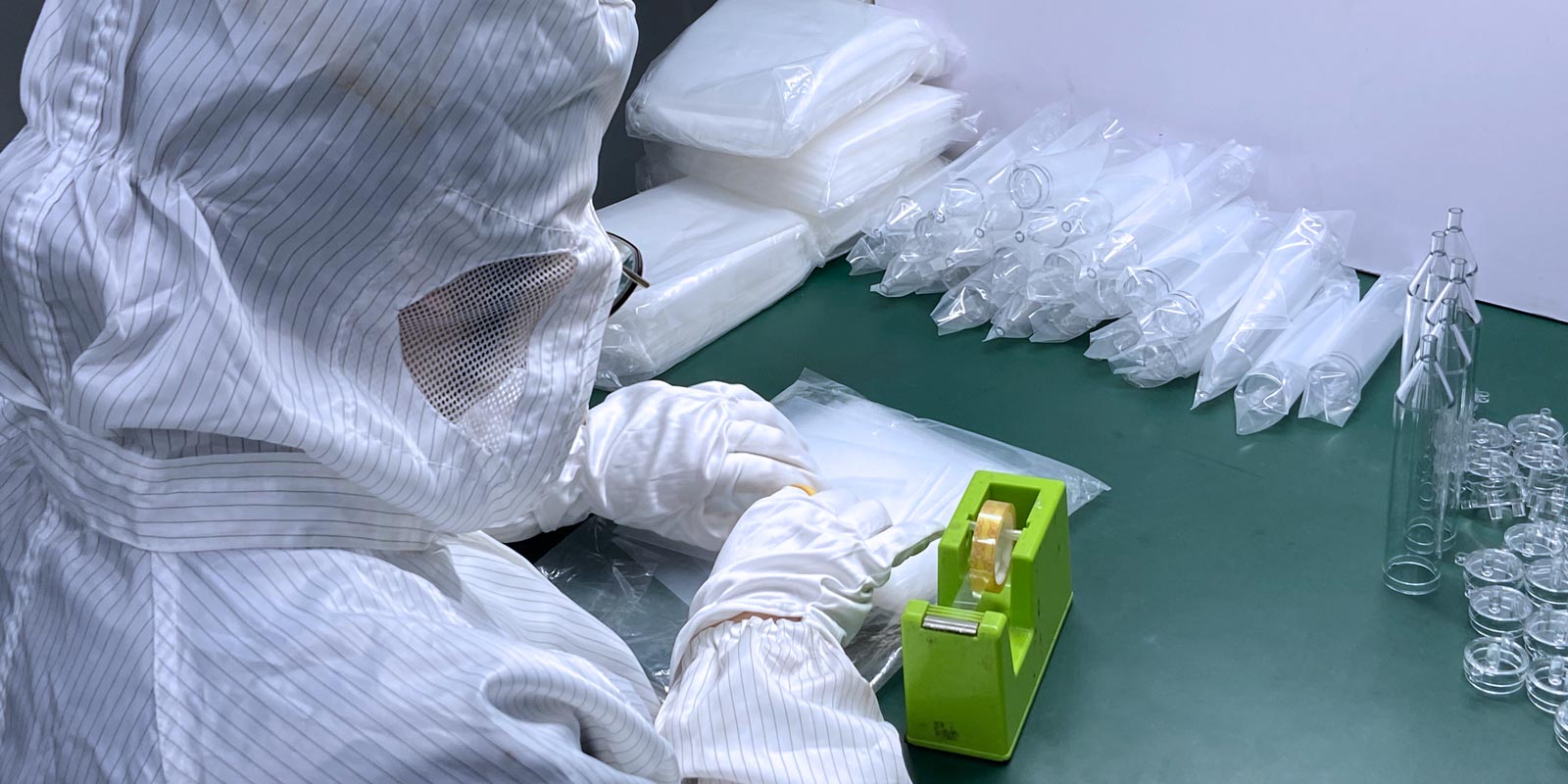
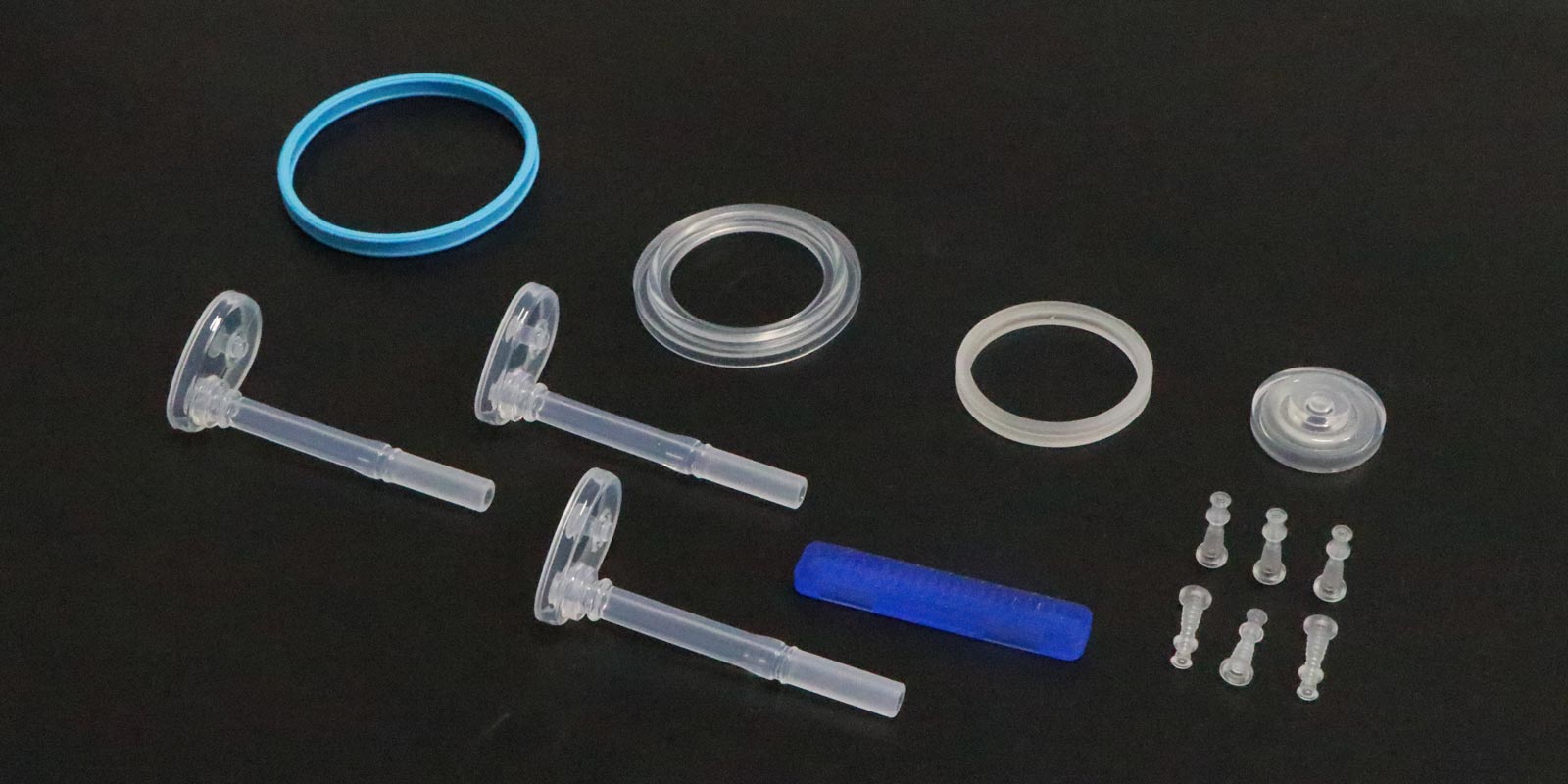
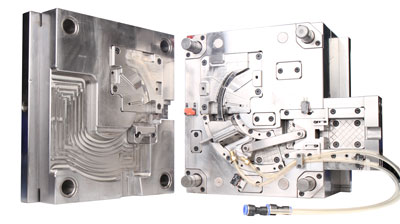
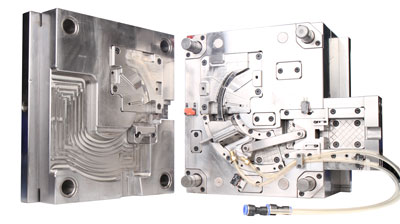
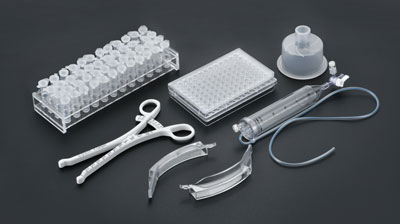
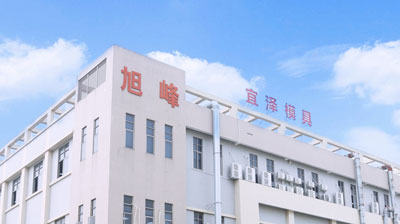







 Home
Home
